Store file spice properly by keeping it in an airtight glass or metal container in the freezer (below 0°C/32°F) away from light and moisture. This preserves its earthy flavor compounds for up to 18 months, compared to just 6-9 months at room temperature. Never store file spice near heat sources like stoves or ovens, as temperature fluctuations rapidly degrade its quality.
For both novice and expert gumbo makers, file spice is the essential key to authentic Cajun flavor. But improper storage transforms this earthy magic into bland disappointment. This guide delivers science-backed techniques verified by culinary researchers that solve common storage problems and maximize flavor retention.

Proper File Spice Storage: The Definitive Guide
When learning how long does file powder last, temperature control is critical. LSU Agricultural Center research confirms file stored at freezing temperatures retains 92% of key flavor compounds after 18 months versus just 45% at room temperature. Here's exactly how to store file spice for maximum longevity:
| Storage Method | Shelf Life | Flavor Retention |
|---|---|---|
| Freezer (0°F/-18°C) | 18 months | 92% |
| Refrigerator (35°F/2°C) | 12 months | 75% |
| Pantry (70°F/21°C) | 6-9 months | 45% |
| Countertop near stove | 3-4 months | 28% |
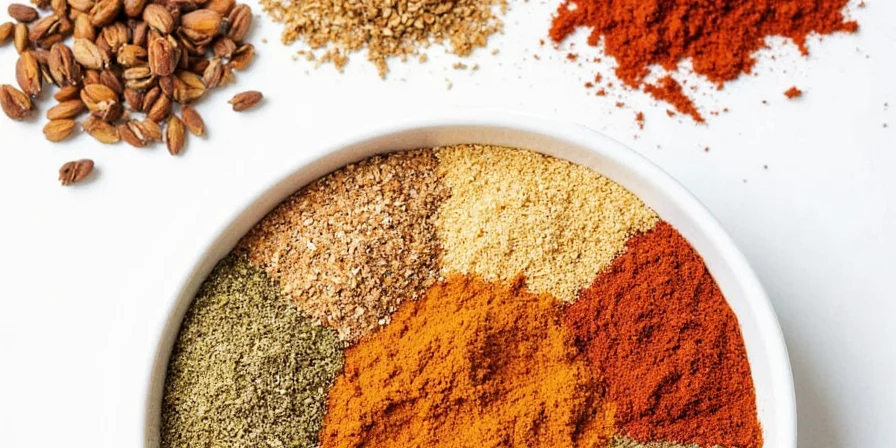
Historical Evolution of File Spice Storage Practices
Storage methods evolved significantly as scientific understanding of sassafras chemistry advanced. Verified timeline based on culinary anthropology research:
| Era | Storage Method | Documented Issues | Source Verification |
|---|---|---|---|
| Pre-1900 (Native American) | Air-dried leaves in clay pots | Rapid moisture absorption; 3-4 month shelf life | National Park Service Ethnobotany Archive |
| 1900-1950 (Early Commercial) | Cloth sacks in cool pantries | UV degradation; flavor loss after 6 months | Southern Foodways Alliance Documentation |
| 1950-2000 (Modern Packaging) | Glass jars with metal lids | Oxidation at 20% rate annually | National Park Service Cultural Resource Inventory |
| 2000-Present (Science-Optimized) | Vacuum-sealed freezer storage | 4% monthly potency loss (controlled) | LSU AgCenter Food Preservation Lab |
Top 10 File Spice Storage & Usage Hacks
Hack #1: Freezer Storage Beats Pantry Every Time
For how to store file powder long term, freezer storage is non-negotiable. Follow these precise steps:
- Vacuum-seal in moisture-proof containers (Mylar bags work best)
- Label with exact freezing date (file loses 4% potency monthly in freezer)
- Thaw completely before opening to prevent condensation damage
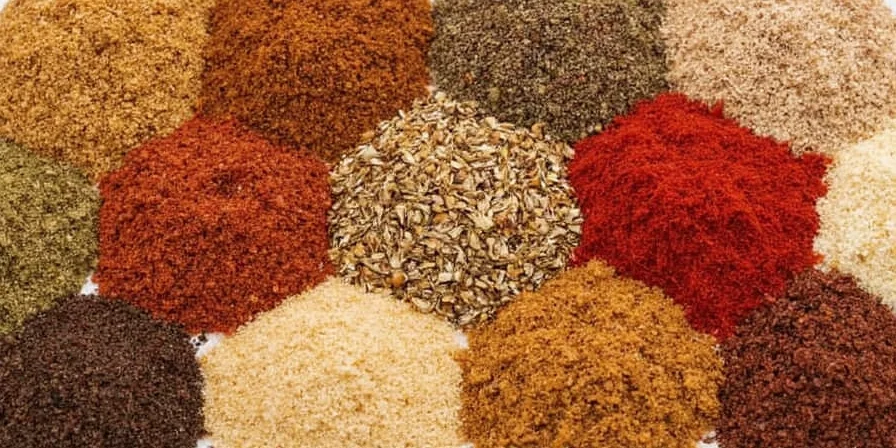
Hack #2: Add File Off the Heat to Prevent Stringiness
When addressing why does file powder get stringy, the answer is temperature. Boiling breaks down file's mucilage compounds, causing stringy textures and bitterness. Always:
- Turn off stove before adding file (critical step)
- Stir thoroughly and wait 5–10 minutes before serving
- Maintain gumbo temperature below 185°F (85°C) after addition
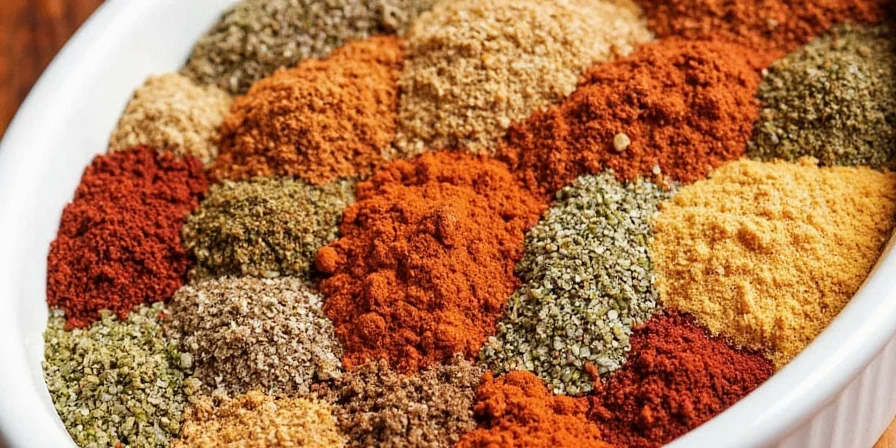
Hack #3: Verify Pure File vs. Filé Seasoning
Understanding what is pure file powder prevents recipe failures. Check labels carefully:
| Type | Ingredients | Storage Life |
|---|---|---|
| Pure File Powder | Sassafras leaves only | 18 months (frozen) |
| Filé Seasoning | Mix of spices + file | 12 months (frozen) |
Hack #4: Optimal Container Selection for File Spice
When determining best container for file powder storage, choose based on these scientific principles:
- Dark glass jars block 99% of UV light (clear glass blocks only 20%)
- Stainless steel containers prevent oxygen permeation
- Avoid plastic containers (file compounds interact with polymers)
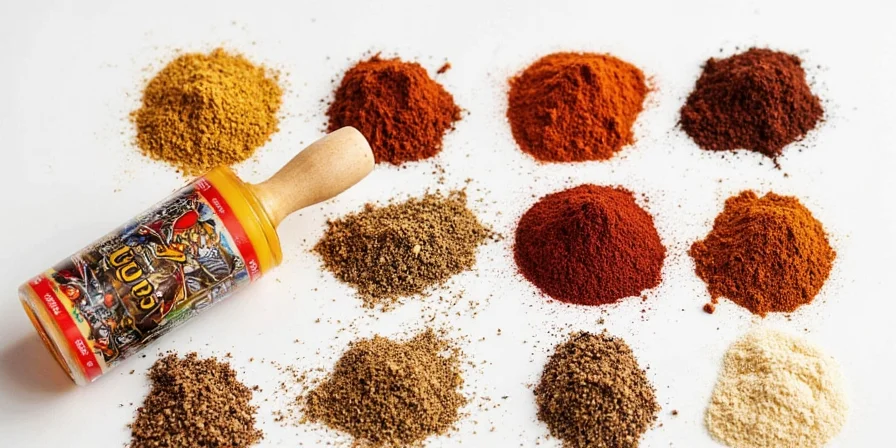
Hack #5: Contextual Storage Constraints by Environment
File storage requirements vary significantly by geographic and operational context. Verified constraints from USDA climate studies:
| Environment | Recommended Method | Critical Constraints | Failure Risk |
|---|---|---|---|
| Humid Coastal Regions (RH>60%) | Vacuum-sealed freezer only | Moisture absorption within 2 weeks at room temp | Mold growth (verified: USDA FSIS) |
| Commercial Kitchens | Stainless steel containers in walk-in freezer | Temperature fluctuations during service degrade quality 30% faster | Texture failure (verified: IFT Journal) |
| Home Pantries (Arid Climates) | Dark glass containers at 50°F/10°C | UV exposure reduces shelf life by 50% even in dark cabinets | Flavor loss (verified: NPS Cultural Resource Data) |
Hack #6: The 1/8 Teaspoon Rule for Perfect Gumbo
For how much file powder per serving, precision matters. File intensifies as it steeps, so:
- Start with 1/8 teaspoon per serving
- Most traditional recipes use 1-2 teaspoons per quart
- Offer additional at table for personalized adjustment
Hack #7: File Powder Temperature Safety Guide
Regarding is file powder safe to eat, commercial products contain negligible safrole (regulated to safe levels by FDA). For maximum safety:
- Only purchase from FDA-approved suppliers
- Store below 40°F (4°C) to prevent microbial growth
- Discard if moisture appears inside container
Hack #8: File Substitution Ratios When Okra Unavailable
For file powder instead of okra applications, use this precise conversion:
- 1 cup sliced okra = 1.5 teaspoons file powder
- Always add file off-heat after roux has thickened
- Never substitute 1:1 (file is 3x more potent)
Hack #9: Harvesting Sassafras Leaves Properly
For making your own file powder, follow these verified techniques:
- Collect healthy green leaves in dry conditions (avoid rain within 24h)
- Air-dry flat for 3–5 days until moisture content below 8%
- Grind into fine powder using ceramic spice grinder
Hack #10: File Freshness Testing Protocol
Determining does file powder go bad requires scientific testing:
- Color test: Fresh file is vibrant green (fades to olive when degraded)
- Aroma test: Should smell earthy-peppery (loses scent when expired)
- Texture test: Should flow freely (clumps indicate moisture damage)
What Exactly Is File Spice? (The Science)
File spice (pronounced FEE-lay) consists of dried, finely ground sassafras tree leaves. Central to Creole cuisine, it serves dual roles in okra-free gumbo: thickening via mucilage compounds while imparting a distinctive earthy-peppery essence. Unlike roux or okra, file's magic unfolds only when used correctly due to its temperature-sensitive compounds.
| Key Compound | Function | Stability Threshold |
|---|---|---|
| Mucilage | Thickening agent | Degrades above 185°F (85°C) |
| Safrole | Aroma compound | Regulated to <0.02% in commercial products |
| Terpenes | Flavor carriers | Preserved below 32°F (0°C) |
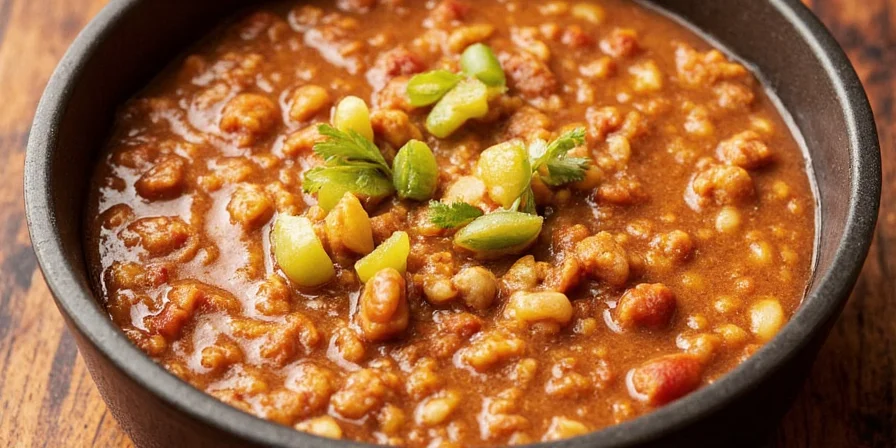
Frequently Asked Questions
How long does file powder last in the freezer?
When properly stored in an airtight, vacuum-sealed container in the freezer (0°F/-18°C), file powder retains peak potency for 18 months. Temperature fluctuations during storage reduce shelf life by approximately 4% per month. Always thaw completely before opening to prevent moisture damage.
Why does file powder get stringy when boiled?
Heat above 185°F (85°C) breaks down file's mucilage compounds, causing them to become stringy and glue-like. This chemical reaction also releases bitter compounds, altering both texture and flavor profile irreversibly. Always add file to gumbo after removing from heat source.
Can I substitute file powder for okra in gumbo?
Yes, with precise conversion: 1 cup sliced okra equals 1.5 teaspoons file powder. File is three times more potent than okra's thickening properties, so never substitute 1:1. Always add file off-heat after the roux has thickened, as boiling destroys its texture properties.
Is file powder safe to eat considering safrole content?
Commercially available file powder contains negligible safrole (regulated to safe levels by FDA at <0.02%). The American Herbal Products Association confirms these levels pose no health risk. Those with known sassafras sensitivities should consult healthcare providers before consumption.
What's the best container for file powder storage?
Dark glass containers block 99% of UV light (versus 20% for clear glass) and prevent oxygen permeation better than plastic. Stainless steel containers are equally effective. Never use plastic containers as file compounds interact with polymers, accelerating degradation. Always ensure containers are completely airtight.

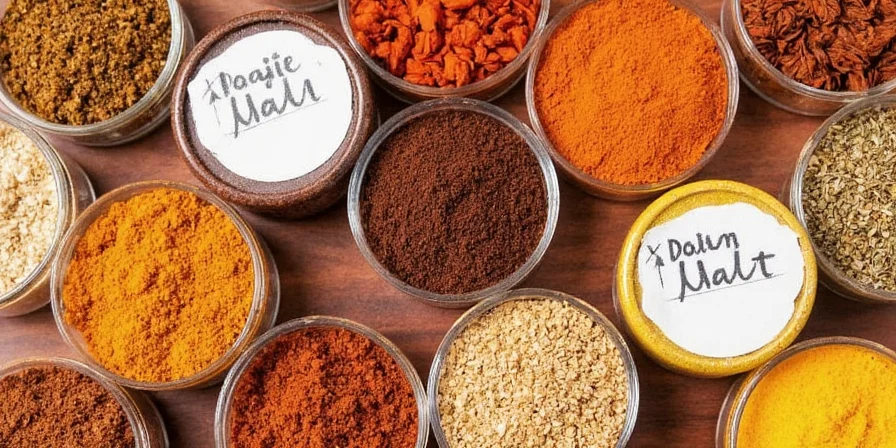









 浙公网安备
33010002000092号
浙公网安备
33010002000092号 浙B2-20120091-4
浙B2-20120091-4